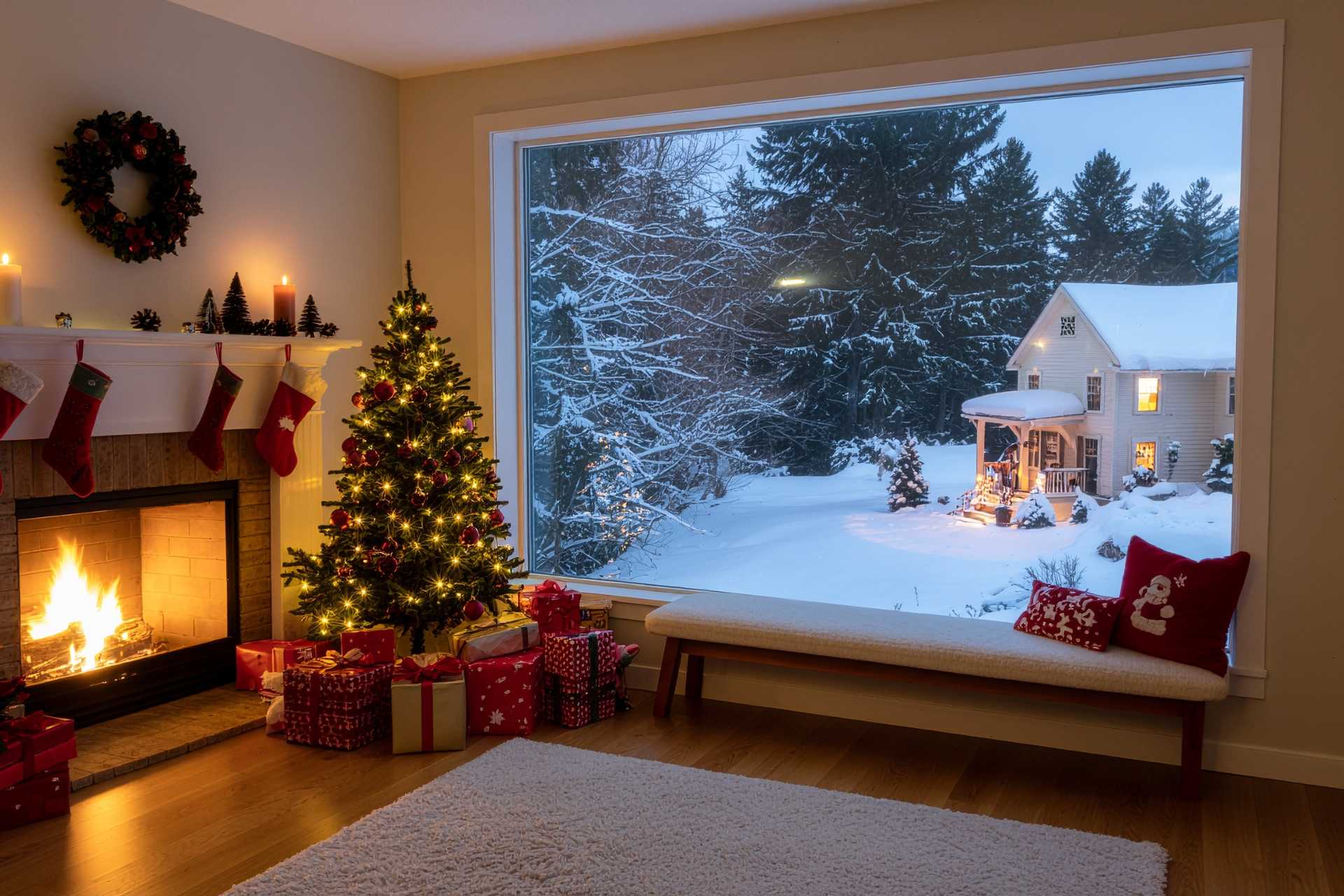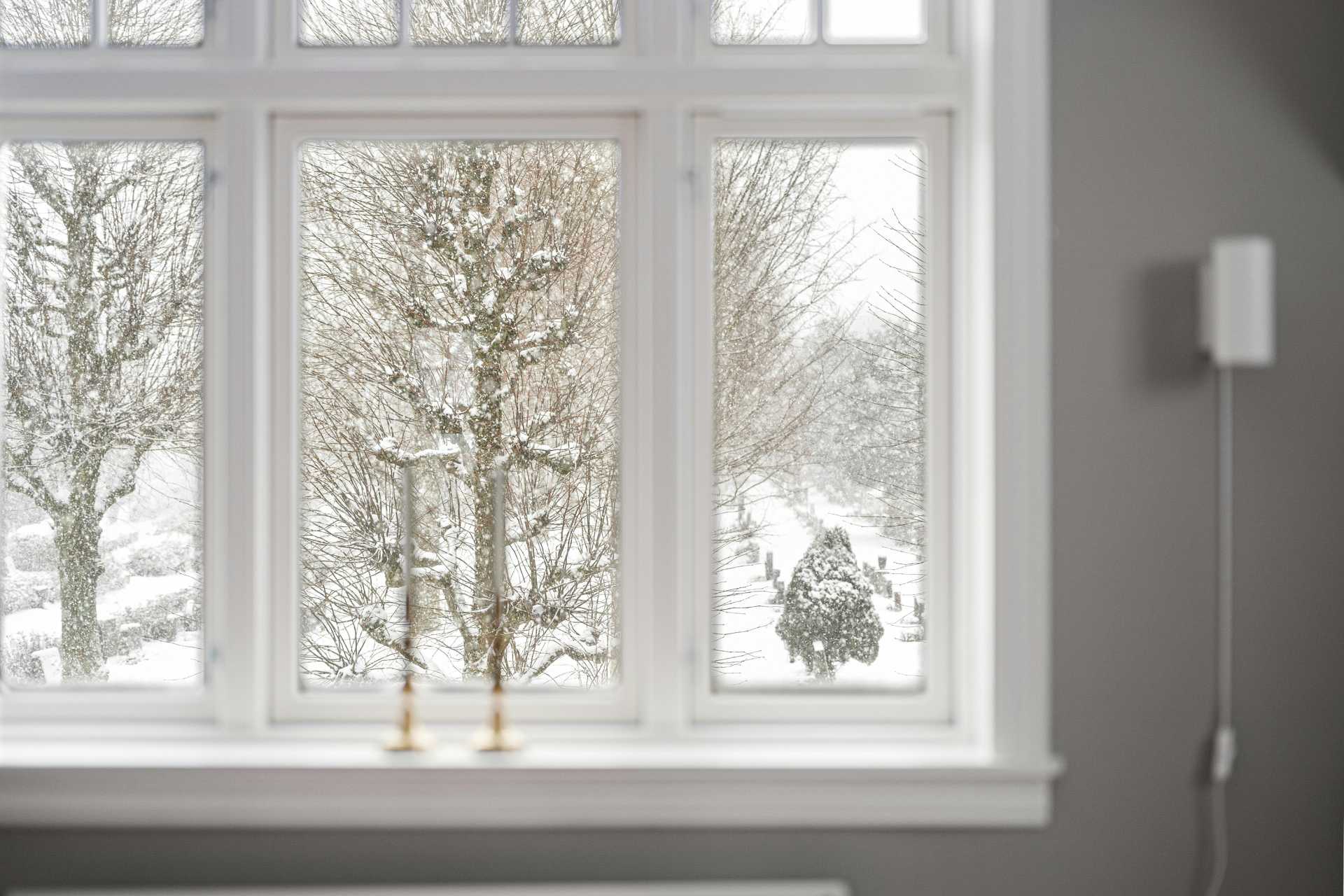Introduction: The Unwanted Houseguests – Drafts and Drips
That mysterious draft you feel on a cold night or the water stain you find after a storm are more than just minor annoyances; they are signs that your home’s protective envelope is compromised. These breaches impact your comfort, energy bills, and your home’s long-term structural health. Creating a draft-free, leak-free home can feel overwhelming, but it is a manageable process when approached with a clear plan. This guide provides a prioritized roadmap, starting with simple DIY fixes and progressing to larger solutions, including when to consider a full window replacement or new roofing. It is about taking control of your home’s health, one sealed gap at a time, and making a smart investment in your property.
Winning the War on Drafts: Where Your Heated Air is Escaping
The first step in creating a more comfortable home is stopping uncontrolled air leaks. The most common culprits are doors and windows, where seals degrade over time. Applying new peel-and-stick weatherstripping and fresh exterior caulk are highly effective DIY fixes to seal these gaps. Do not neglect weatherstripping your windows. Another surprisingly significant source of drafts comes from electrical outlets and switches on exterior walls. Each one is a small hole leading outside, but their combined effect can be substantial. Placing inexpensive pre-cut foam gaskets behind the faceplates of these outlets takes only minutes and creates an immediate air seal, making it one of the easiest and most cost-effective ways to fight drafts.
Beyond the obvious gaps, larger leaks often hide in plain sight. The attic hatch or pull-down stairs can be one of the biggest sources of heat loss in a home, acting like a chimney for rising warm air. Sealing the perimeter with weatherstripping and adding an insulated attic hatch cover can solve this problem. Similarly, older recessed lights (pot lights) in ceilings below an attic are notoriously leaky. Sealing these with specialized, fire-rated covers or upgrading to modern, airtight LED units will eliminate another major source of heat loss. Addressing these larger, often-overlooked culprits provides a significant return in both energy savings and improved comfort throughout your home.
Defending Against Drips: A Proactive Guide to Water Leaks
Proactive water management starts at the very top of your house. Your roof’s gutter and downspout system is the first and most critical line of defence. When gutters become clogged with debris, they overflow, dumping water directly against your foundation and causing water to run down the siding and rot the wooden fascia boards. Cleaning gutters at least twice a year is essential. While you are outside, a visual inspection of your roof from the ground can help you spot early warning signs of trouble, such as missing, cracked, or curling shingles, and damaged metal flashing around chimneys or vents. Identifying these issues early can prevent a small problem from turning into a major interior leak.
The vertical surfaces of your home are the next area to defend. Cracked or peeling caulk around window and door frames provides a direct path for wind-driven rain to seep into your walls, leading to hidden rot and mould. It is vital to periodically reseal your windows to maintain a watertight barrier. Durable seals and weatherstripping are essential for this. The integrity of your home’s siding and masonry is equally important; check for any cracks or gaps that could channel water into the structure. Finally, assess the ground around your foundation. The soil should slope gently away from the house to direct water away. If it slopes towards the home (negative grading), it funnels water against your foundation, a primary cause of wet basements. For a truly leak-free home, you need high-quality windows and walls, and proper grading.
The Professional Assessment: Knowing When to Call for Help
While DIY efforts are powerful, some situations require professional expertise. To find every hidden air leak, a professional energy audit using equipment like a blower door and an infrared camera is the most definitive approach. This takes the guesswork out of the process. For your roof, any issue beyond a simple visual check warrants calling a qualified roofing contractor. They have the training and safety equipment to properly diagnose issues with flashing, underlayment, or the roof deck that are impossible to assess from the ground. A professional can ensure the problem is fixed correctly at the source, preventing future water damage.
For major undertakings, professional installation is paramount. Large, horizontal, or stair-step cracks in your foundation require a specialist to ensure your home’s structural stability. Likewise, for a major project like a window replacement, the quality of the installation determines its ultimate success. An expensive, high-performance window will still leak and be drafty if installed improperly. Understanding the common mistakes to avoid during a window replacement to keep your windows draft-free and leak-free—such as improper flashing or inadequate sealing—highlights the value of hiring a reputable professional. Their expertise ensures that your investment results in the comfort and efficiency you expect.
Seal the Deal on Comfort and Savings
Creating a sealed home is a journey that starts with simple, high-impact actions. Begin by tackling the easy fixes—weatherstripping a door, sealing an outlet, or cleaning your gutters—before moving on to larger gaps in your home’s defences. Each sealed crack contributes to a home that is more comfortable, less expensive to heat and cool, and better protected from long-term damage like mould and rot. This proactive approach is a direct investment in your property’s health and your financial peace of mind. Start this weekend by picking one small task; many deliberate actions add up to create a truly sealed and protected home.





